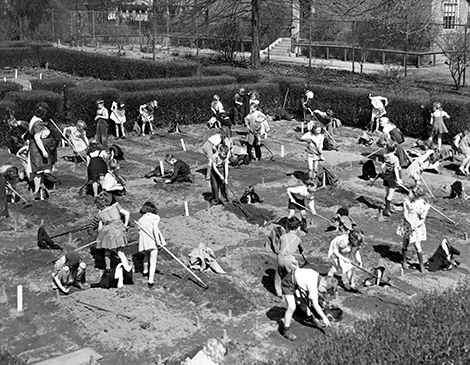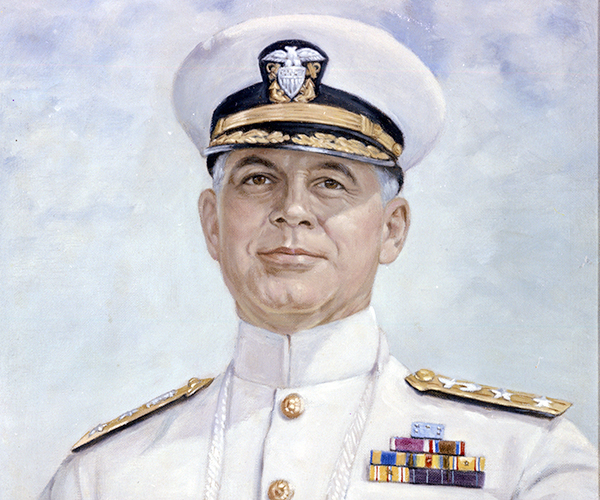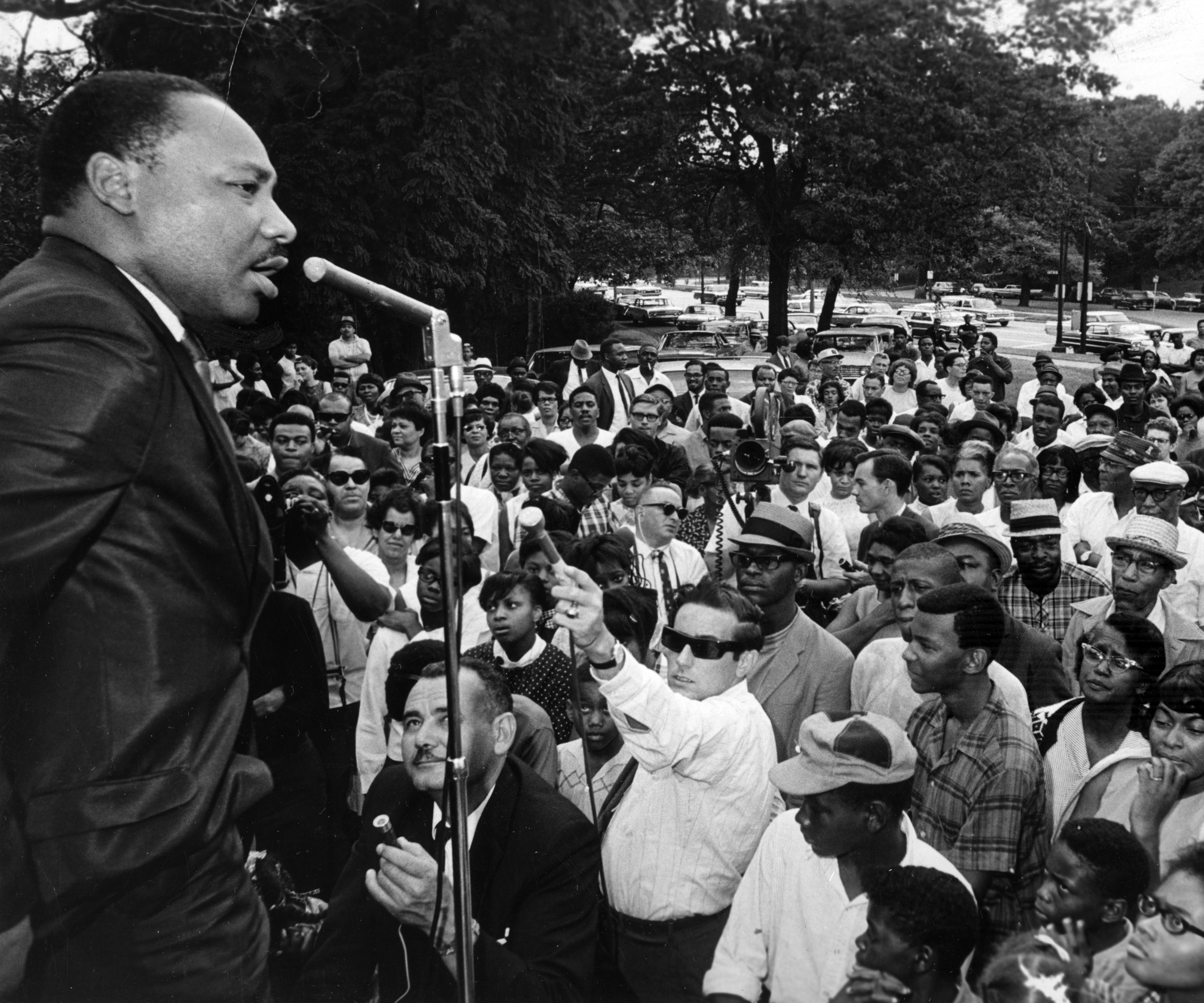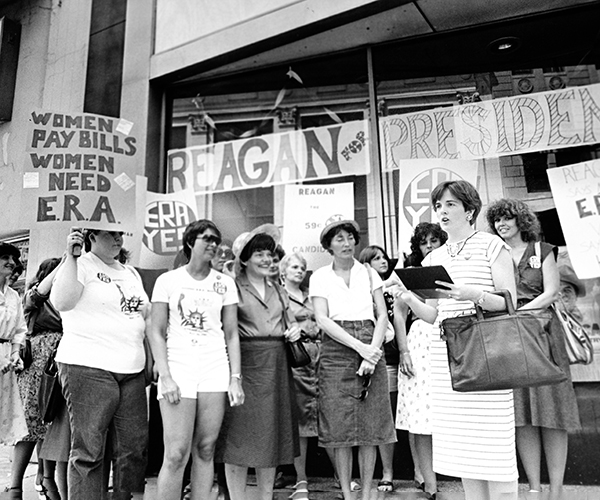After Japan’s sneak attack on the naval base at Pearl Harbor on Dec. 7, 1941, the United States plunged headlong into World War II.
By May 1942, the front pages of America’s newspapers shared accounts of battles in far-off places. Cleveland’s newspapers told stories about activities on the homefront, as well. Students in Cleveland schools were building model airplanes for use in naval and civil defense training to identify the various planes that were being flown by both sides in the war.
Paper and scrap metal drives were held to recycle items to be used as the United States became, in President Franklin Roosevelt’s words, “the arsenal of democracy.” In the spring of 1942, Cuyahoga County residents also headed to local schools to pick up what would become a staple for the remainder of the war: ration books. Tires and gasoline were rationed, as were food items like meat and butter.
People were also encouraged to grow their own fruits and vegetables, and “Victory Gardens” soon started to appear everywhere from window boxes to vacant lots. “The government has said that each person who supports his table this summer and winter will help win the war by relieving the overloaded transportation system,” said The Plain Dealer Garden Editor Ella Grant Wilson. First Lady Eleanor Roosevelt, Batman and Mickey Mouse were just some of the celebrity gardeners. Workers on the top-secret Manhattan Project, which led to the development of the first atomic weapon, also had victory gardens, as did many schools. By the end of the war in 1945, it was estimated that between 8 million and 10 million tons of food were grown in Victory Gardens.
For more updates about Cleveland, sign up for our Cleveland Magazine Daily newsletter, delivered to your inbox six times a week.
Cleveland Magazine is also available in print, publishing 12 times a year with immersive features, helpful guides and beautiful photography and design.




